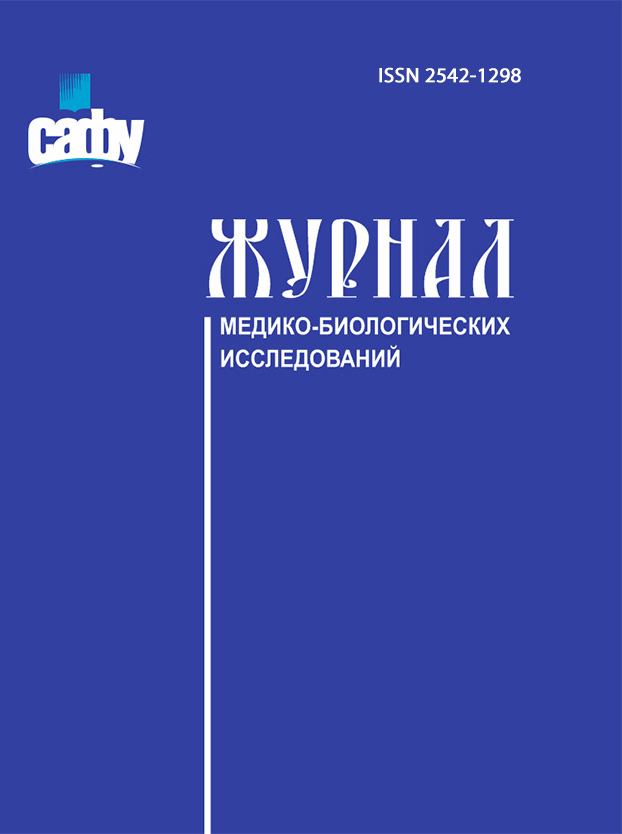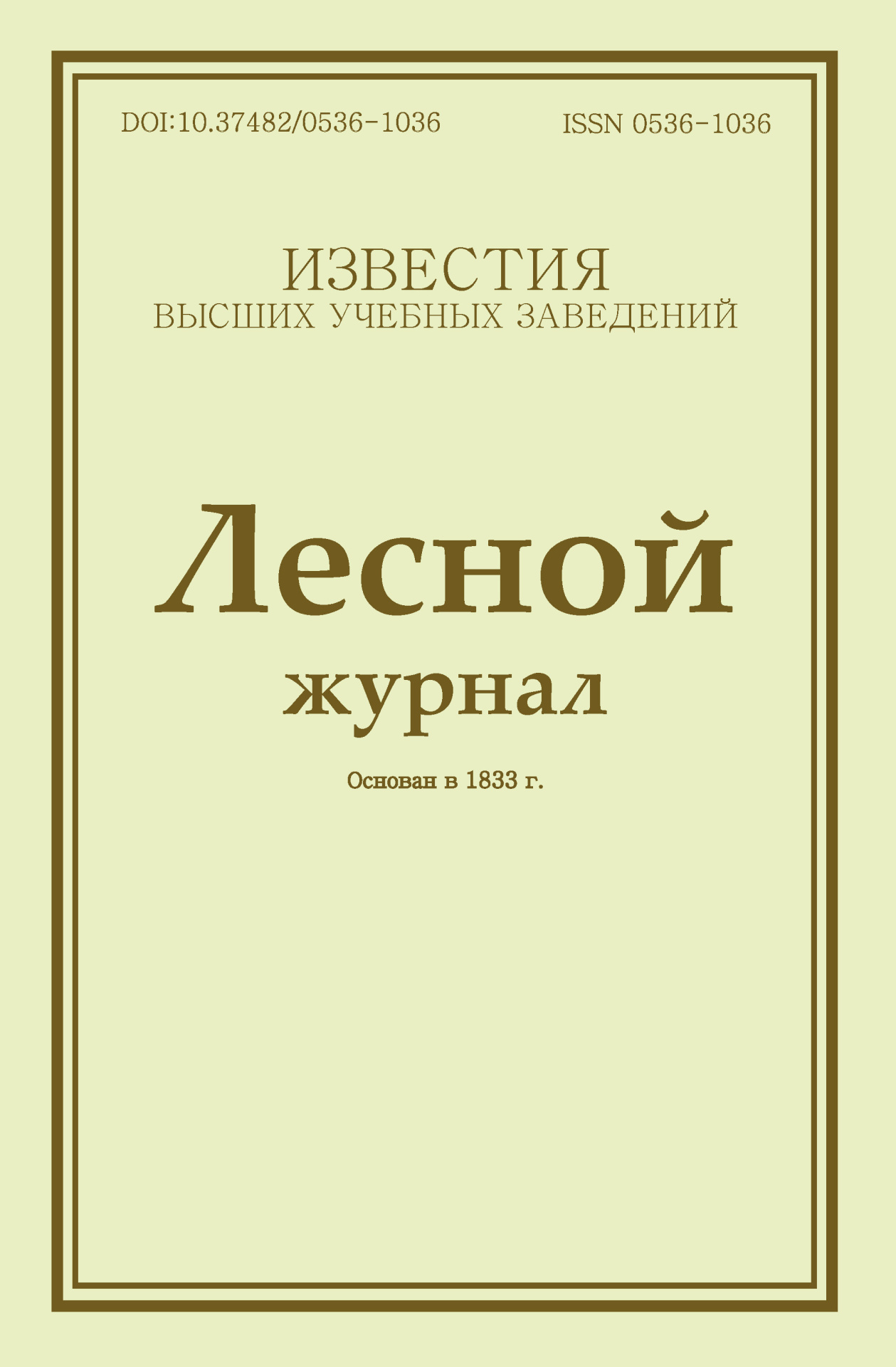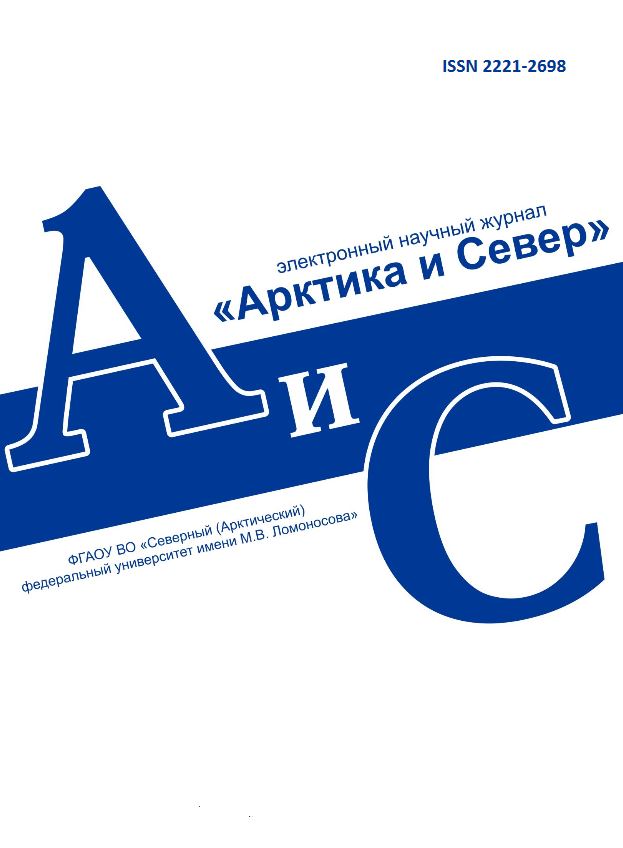
Vestnik of Northern (Arctic) Federal University.
Series "Humanitarian and Social Sciences"
ISSN 2227-6564 e-ISSN 2687-1505 DOI:10.37482/2687-1505
Legal and postal addresses of the founder and publisher: Northern (Arctic) Federal University named after M.V. Lomonosov, Naberezhnaya Severnoy Dviny, 17, Arkhangelsk, 163002, Russian Federation Editorial office address: Vestnik of Northern (Arctic) Federal University. Series "Humanitarian and Social Sciences", 56 ul. Uritskogo, Arkhangelsk
Phone: (8182) 21-61-20, ext. 18-20 ABOUT JOURNAL |
Section: Philology Download (pdf, 2.6MB )UDC[81+81’367+81’42]=13AuthorsTerebikhina Inna YuryevnaPostgraduate Student, Institute of Philology and Cross-Cultural Communication, Northern (Arctic) Federal University named after M.V. Lomonosov (Arkhangelsk, Russia) e-mail: inna.terebikhin@gmail.com AbstractThis article is devoted to a special type of discourse – vertical context, which is viewed as a linguistic sign representing unity of the signified and the signifier. Theoretical basis for exploring vertical context is the theory of psychosystematics; its key terms are explained in the first section of the article: vertical context, vertical vector, support word, discourse time, incidence, and actualization. The author proposes a conceptual scheme of vertical context reflecting the logical sequence of mental operations directed from support to import of meaning and presents a general model of vertical context with descriptions of its dominant characteristics. The analysis of a typical vertical context – polylogue – is based on Le Bonheur des Dames by Émile Zola. This fragment is an example of vertical context which includes both direct speech and free indirect speech of two characters. Vertical context is viewed here as a polylogue which reproduces the speech situation created by the author, Liénard and Madame Desforges. The article explores peculiarities of introducing type variant on the conceptual, semantic, syntactic and communicative levels. The method of vector analysis and the structural-functional method were used. The analysis revealed changes in dominant characteristics compared to the invariant. The context – polylogue, being a type variant of vertical context, during its actualization shows signs of deviation from the invariant: appearance of several supports in the conceptual scheme, engaging a broader context when creating referential identity, variations in the communicative progression between sentences. Keywordsvertical context, polylogue, invariant, type variant, direct speech, free indirect speech, author’s speechReferences
|
Make a Submission
INDEXED IN:
|
Продолжая просмотр сайта, я соглашаюсь с использованием файлов cookie владельцем сайта в соответствии с Политикой в отношении файлов cookie, в том числе на передачу данных, указанных в Политике, третьим лицам (статистическим службам сети Интернет).






